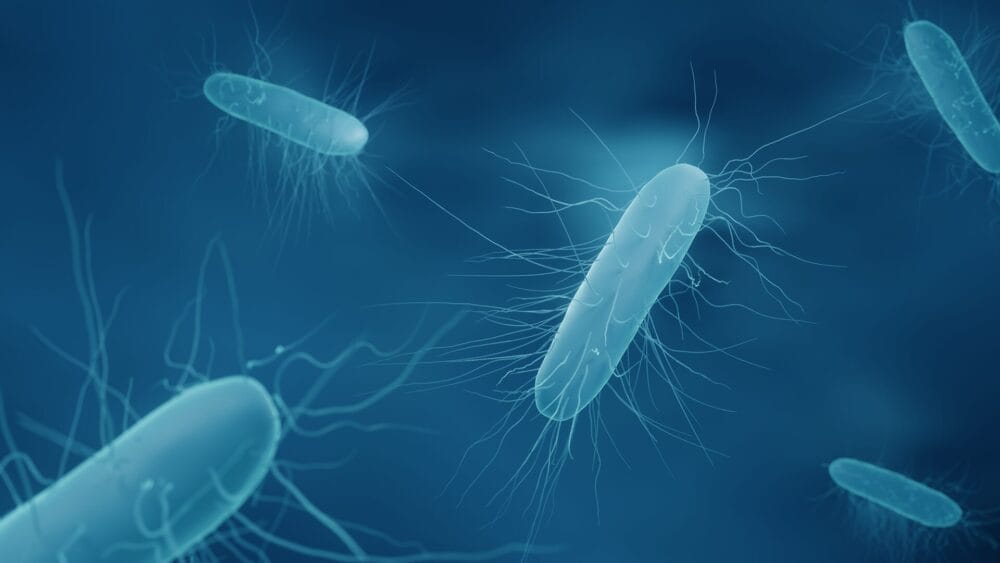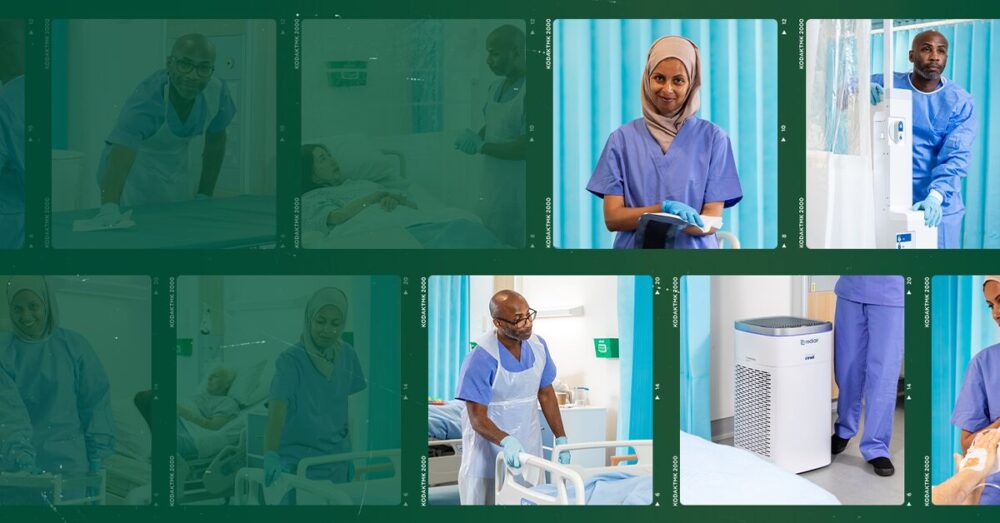Posted
2nd May 2018
Events and Exhibitions

Our clinical team spent some time at ECCMID in Madrid last week, and have summarised some of the key updates from our point of view.
- Loreen Herwaldt gave an overview on the state of the art in IPC, focussing on the need for continuous innovation. We agree – and GAMA continues to explore innovative technology and solutions to address HCAI and AMR.
- Jon Otter discussed the emergence of multidrug resistant Gram-negative bacteria, arming hospitals with a strategy to deal with these challenging bacteria when they first arrive. Jon ‘asked the audience’ whether hand hygiene or contaminated surfaces are most important in preventing the spread of CPE in hospitals. Whilst the majority of the audience chose hand hygiene, we beg to differ. As one tweeter put it, there’s no point in practicing good hand hygiene if the environment is heavily contaminated with pathogens!
- Ben Cooper talked about the utility of mathematical modelling in informing IPC strategy. Whilst it’s not reasonable to expect a model to do the thinking for you, it can give us some answers to questions that we can’t answer with physical experiments. And Ben highlighted a review article about how mathematical modelling can help to understand the transmission of infectious diseases and could be hypothesis-generating for IPC (here).
- Marc Bonten outlined the knowledge base for IPC; whilst limited, it’s improving with high-quality (albeit pragmatic) randomised controlled trials of IPC interventions coming through (for example, the BETR-D trial showing that UVC room disinfection reduces the acquisition of MDROs).
- Several presenters, including Gili Regev-Yochay from Israel, highlighted the importance of addressing sink and drain contamination in order to prevention the transmission of CPE. Exactly how to do this is still an open question! Do we replace them? Bleach them? Or even remove them altogether?!
- Several presentations highlighted the importance of addressing the contaminated environment when trying to control Candida auris (for example Oxford and Spain).
- A study from Taiwan found that improving environmental cleaning through education reduced the incidence of MDRO acquisition.
- And finally, a brave set of Brazilian researchers (in full PPE!) deliberately contaminated a mocked up hospital room with live norovirus and demonstrated that normal cleaning activities result in aerosolisation of live virus. So, PPF3 masks for cleaners then!
We hope you find this summary useful – please feel free to get in touch if you have any questions!
SHARE THIS ARTICLE
Tags
Latest News
IPC Tour 2024 Highlights
GAMA Healthcare and ACIPC once again joined forces to bring…
Can patient and resident hand hygiene be part of the solution to preventing infections?
The importance of practising proper hand hygiene is widely considered…
Confronting the hidden threat of C. diff
The power of effective surface decontamination The hidden threat of…
Reflections and learnings from International Infection Prevention Week (IIPW)
International Infection Prevention Week shines a spotlight on the crucial…



